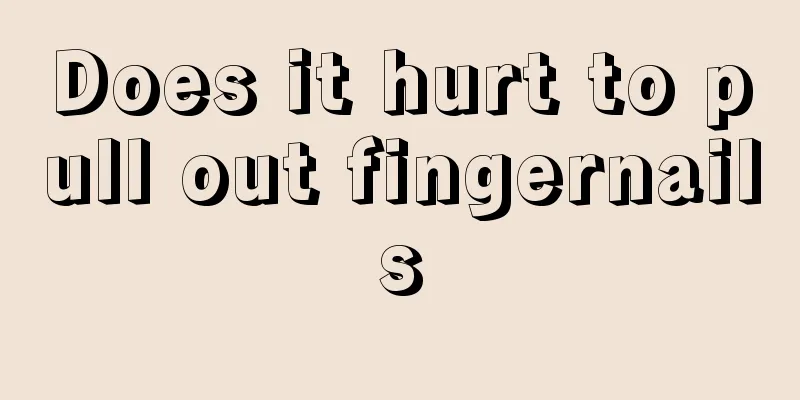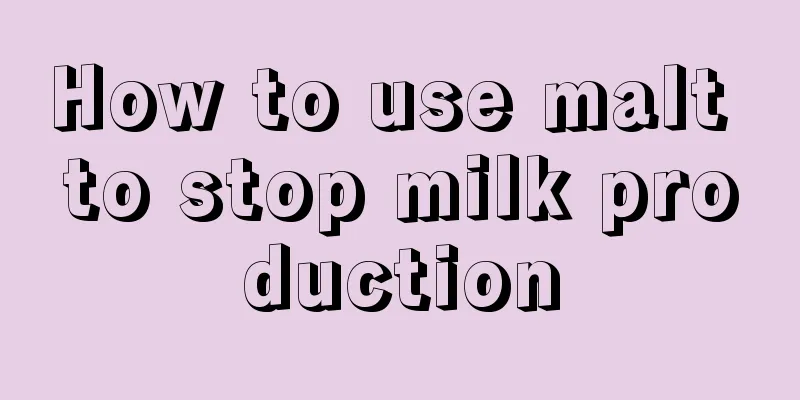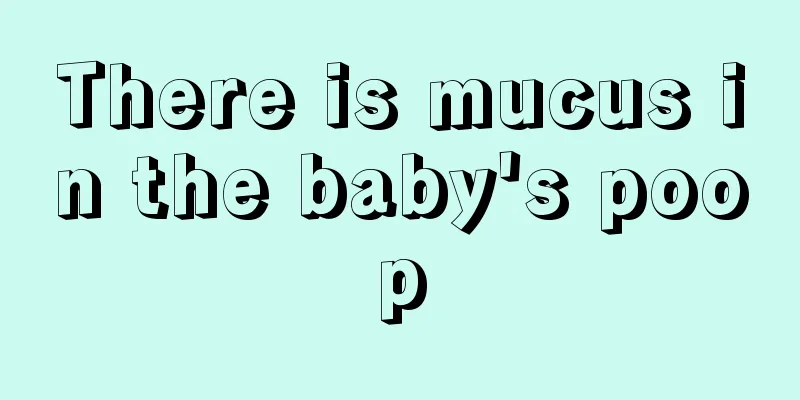Does it hurt to pull out fingernails

|
If paronychia or ingrown nails occur on a person's fingernails, you should go to the hospital for relevant treatment in time. Because paronychia and ingrown toenails can both cause inflammation and suppuration at the edges of a person's fingernails, which can make people feel excruciating pain. The main way to treat paronychia and ingrown nails in hospitals is to remove the nails. Many patients worry that it will be very painful when removing their nails. Is nail removal really that scary? In fact, nail removal is a common minor operation in clinical surgery. It is safe and effective, and there is no obvious pain under local anesthesia. It is mostly used for ingrown toenail, paronychia, onychomycosis, etc. Who should remove the armor? If there is trauma or the nail is cut too short, it may separate from the nail bed when holding objects, working or doing housework. The soft tissue at the front of the nail is not covered by the nail, so the tip of the nail will grow inward and easily get embedded in the soft tissue to become an ingrowth nail, damaging the skin around the nail. In severe cases, it can induce local recurrent infection (paronychia of the hands and feet). The following three types of people are more likely to suffer from paronychia: teenagers - their feet exercise and grow too fast, which is easily ignored by parents; working women - they often wear high heels and their toes are under long-term pressure; cleaners - they are often exposed to cleaning fluids or high-acidity liquids. The main cause of paronychia is the entry of bacteria into the wound between the nail and the surrounding nail groove, which allows pathogens or irritants to penetrate and cause inflammation. Clinical manifestations of paronychia Paronychia often occurs under the skin of one side of the nail groove, causing redness, swelling and pain. If treated early, the inflammation may improve and subside. Otherwise, the lesion will turn into pus and spread to the opposite side. There will be fluctuation in the red and swollen area and white spots will appear, but it is not suitable for rupture and pus to be discharged. Inflammation often recurs, and the fingers cannot touch foreign objects. When the infection worsens, there are often systemic symptoms such as increased pain and fever. Because the nails prevent the discharge of pus, the infection can spread deeper and form purulent dactylitis. Treatment of paronychia When paronychia has not yet formed pus, you can choose to apply antibiotic ointment locally and take anti-inflammatory and antibacterial drugs orally. When pus has formed, in addition to using antibiotics, surgical treatment should be performed. Quick and painless nail removal: Nerve block anesthesia is performed on both sides of the finger (toe) base, and the short-term local compression of the anesthetic solution on the proper artery is used to achieve the purpose of hemostasis. The surgical steps for finger base block are as follows: First, insert a No. 6.5 needle into the dorsal part of the finger base, slide it forward over the phalanx to the subcutaneous part on the palm side. The operator can feel the needle tip by pressing the finger against the palm side. At this time, withdraw the needle 0.2~0.3cm, inject 1ml of 1% lidocaine, and then withdraw the needle to the subcutaneous part just below the insertion point, and inject another 0.5ml of the drug. Repeat the injection on the other side of the finger. After separating the finger epithelium with a sharp knife, insert the tip of the knife between the nail and the nail bed to separate them, and clamp the middle of the nail with a vascular forceps and pull it out horizontally. When separating the nail bed, the instrument should be kept close to the nail bed to protect the nail bed and epithelium from damage to avoid deformity of the new nail. Do not leave residual nail fragments in the wound to avoid affecting wound healing. After the nail is completely pulled out, cover it with vaseline gauze and apply pressure with sterile gauze. Postoperative care Keep the wound dry, change the dressing in time if there is exudation, disinfect the wound surface routinely, and bandage it with sterile gauze. You can resume normal exercise after one week and your nails will grow out in one month. This method of nail removal is quick, painless, and involves little bleeding. The entire nail removal procedure usually takes 3 to 5 minutes. The method is simple, safe, and efficient. |
<<: How long can a seven month old baby sit?
>>: Vertical lines on fingernails
Recommend
Are there many people who heal themselves by taking a bath?
Psoriasis is a relatively common skin disease. Ma...
What is the disease of sweating a lot
The human body may experience sweating symptoms a...
Do patients with advanced bladder cancer feel pain?
The cause of bladder cancer is relatively complex...
4 folk remedies for treating gallbladder cancer
Gallbladder cancer is a malignant tumor. The folk...
How to use mobile phone to prevent radiation?
Nowadays, people cannot live without their mobile...
Monk fruit and wolfberry
Monk fruit and wolfberry are two foods that peopl...
Do I have to chew the chewable tablets before eating
Whether it is the elderly or children, the body&#...
The skin on the toes becomes hard and cracked
The phenomenon of hardening and cracking of the s...
What is the cause of laryngeal cancer
In recent years, laryngeal cancer has become one ...
Reasons why the knee joint cannot bend
The knee is an important part of the human body. ...
What are the symptoms of skin cancer
The incidence of skin cancer in my country is ver...
The 5 most common causes of liver cancer Introduction to the early, middle and late stage symptoms of liver cancer
Liver cancer is a type of cancer in the liver, wh...
After the beginning of autumn, you should nourish your lungs and prevent dryness
Today is finally the beginning of autumn. Althoug...
In what cases should a skeletal line closure check be performed
The skeletal line closure check is mainly for chi...
There is a red dot in the middle of the white spot
White spots on the face are a common skin disease...









